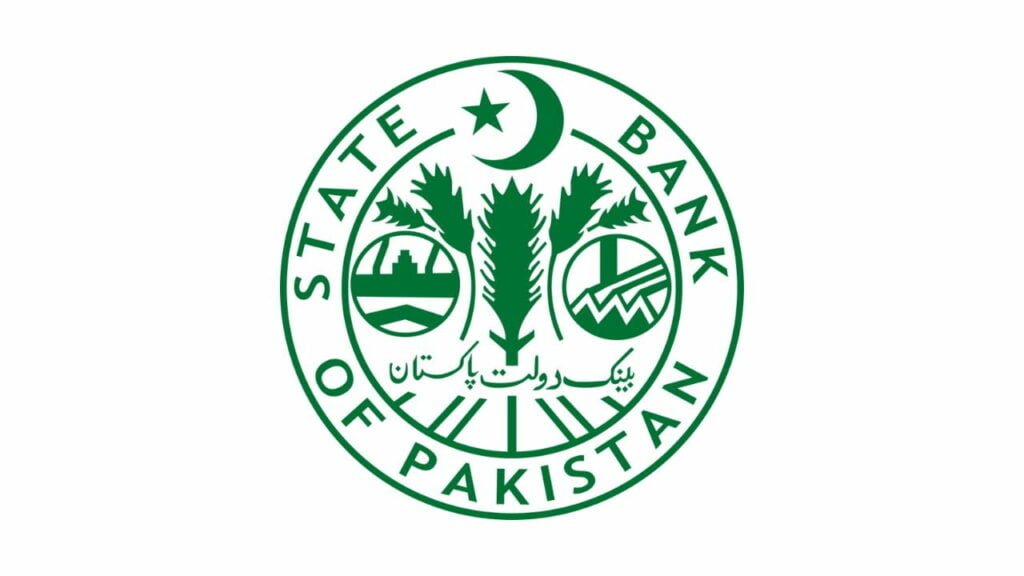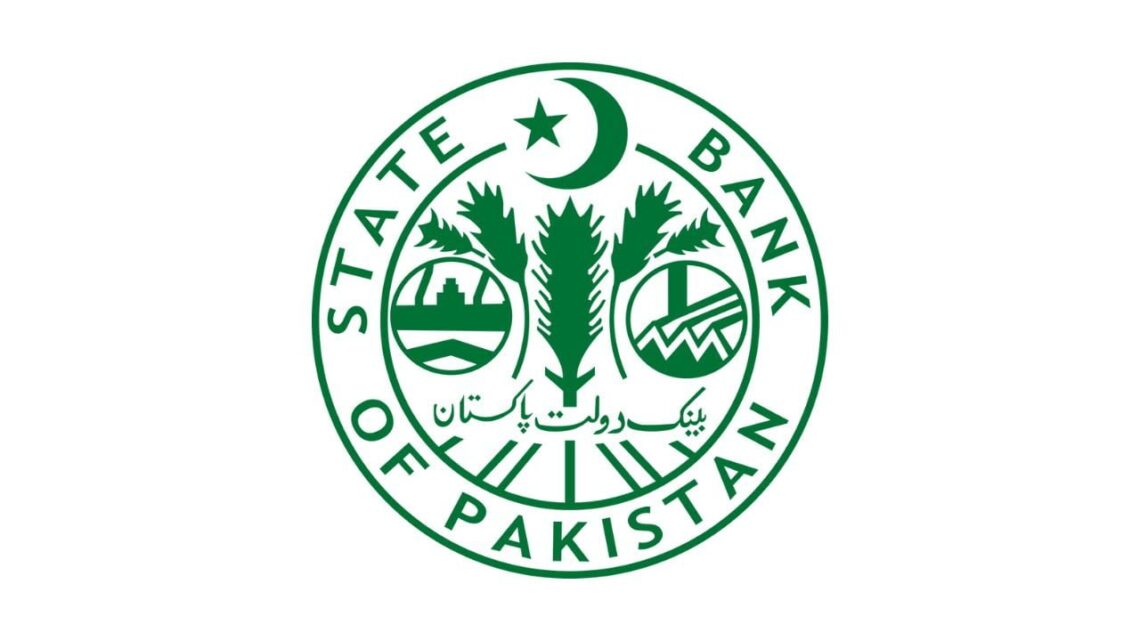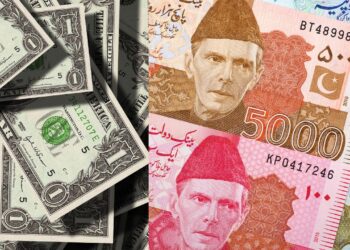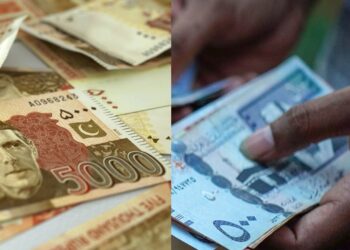The State Bank of Pakistan (SBP) has again jacked up the monetary policy interest rate by 100 basis points to a record high of 21% to try and control the increasing inflation.

In a press release, it stated, “Headline inflation rose further in Mar23 as was noted in last MPS. MPC noted that there are initial signs of plateauing of inflation expectations, albeit at elevated levels.”
“MPC views today’s decision, along with the cumulative monetary tightening so far, as adequate to anchor inflation expectations around its medium-term target – barring any unanticipated shock.” it added.
It further said that MPC also noted that despite sharp reduction in current account deficit, external account vulnerabilities persist, amidst low FX reserves, ongoing debt repayments and recent tightening in global financial conditions.
The SBP said that significant progress has been made towards completion of the 9th review under the IMF’s EFF program.
It added that recent strain in the global banking system have led to further tightening of global liquidity and financial conditions. These have added to the difficulties of the emerging market economies like Pakistan to access international capital markets.
In this context, the MPC considers the current monetary policy stance appropriate, and stresses that today’s decision, along with previous accumulated monetary tightening, will help achieve the medium-term inflation target over the next 8 quarters.
However, the Committee noted that uncertainties attached with the global financial conditions as well as the domestic political situation, pose risks to this assessment.
The MPC noted that the incoming data on economic activity continues to reflect a broad-based slowdown. In particular, there has been a significant decline in sales volumes of automobiles and POL in recent months.
Similarly, the contraction in large-scale manufacturing (LSM) accelerated in January to 7.9 percent y/y. Cumulatively, LSM output is down by 4.4 percent during Jul-Jan FY23 when compared with corresponding period of last year.
Reflecting these trends, electricity generation declined for the ninth consecutive month in February. In agriculture, the information on cotton arrivals remains as per expectation; however, wheat production target is likely to be missed.
These developments, combined with the lagged impact of the recent monetary tightening and new fiscal consolidation measures implemented since beginning of March, suggest growth in FY23 will be significantly lower than the post-floods assessment of November 2022.
In February 2023, the current account saw a deficit of only $74 million and the cumulative deficit now stands at $3.9 billion in Jul-Feb FY23, about 68 percent lower from the same period last year.
This mainly reflects the contraction in imports, which continues to outweigh the combined decline in remittances and exports. Importantly, workers’ remittances have slightly recovered on m/m basis in February and the momentum is expected to continue in coming months.
However, despite the lower current account deficit, higher loan repayments relative to disbursements are keeping the foreign exchange reserves under pressure. Thus, the Committee reemphasized that the early conclusion of the 9th review under the IMF program is critical to rebuild the FX reserve buffers.
The MPC views that the fiscal outcomes during Jul-Jan FY23 have been encouraging in the context of achieving macroeconomic stability. The fiscal deficit was contained to 2.3 percent of GDP during Jul-Jan FY23 compared to 2.8 percent in the same period last year, while the primary balance posted a surplus of 1.1 percent of GDP against a deficit of 0.3 percent last year.
This improvement in the primary balance was achieved on the back of lower subsidies, grants and development spending. Growth in tax revenues, however, has remained below target, amidst a slowdown in economic activity, reduction in imports and inadequate policy focus on expanding the tax net, while debt servicing has increased.
In this context, the Committee noted that delivering the envisaged fiscal consolidation is important to complement the ongoing monetary tightening in order to achieve price stability.
Broad money growth showed a slight uptick in February, primarily due to a significant expansion in net domestic assets of the banking system. This was largely on account of higher public sector borrowing as growth in private sector credit decelerated sharply to 11.1 percent in February 2023 from 18.6 percent in February 2022.
On a monthly basis, private sector credit recorded a contraction for the second consecutive month in February. This contraction was due to retirement in fixed investment and consumer loans, while working capital loans saw a marginal seasonal uptick during the month.
As the MPC had anticipated, national CPI inflation further rose to 35.4 percent in March 2023, resulting in average inflation of 27.3 percent during Jul-Mar FY23.
The MPC noted that the surge in inflation was broad-based, though a large part of it was contributed by food and energy components. This reflects the passthrough of increases in taxes and duties, unwinding of untargeted energy subsidies and the recent exchange rate depreciation.
Importantly, core inflation has risen to 18.6 percent in urban and 23.1 percent in rural baskets, indicating the second-round impacts of the above-mentioned adjustments.
The Committee also viewed the increase in core inflation as partly driven by the elevated inflation expectations, as indicated by recent sentiment surveys. To anchor these expectations, the MPC views its current monetary policy stance as appropriate to keep the real interest rate in positive territory on a forward-looking basis.
Read more: Dollar Rate in Pakistan (Daily Updates).
Follow INCPAK on Facebook / Twitter / Instagram for updates.
















